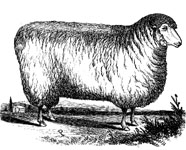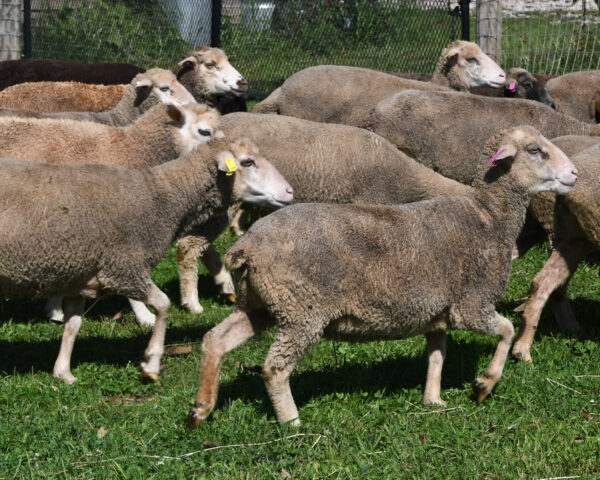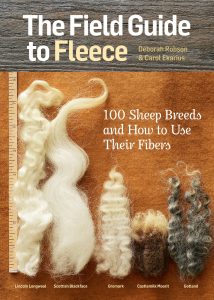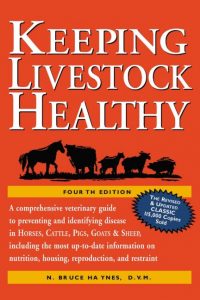
Breed Facts
Status:
Critical
Use:
Wool
Adult Weight:
Rams: 77-110 lbs. Ewes: 55-88 lbs.
Temperament:
Alert, Docile
Experience Level:
Intermediate
Notes:
Adapted to hot, dry climate; unusually elastic wool; extremely rare; off-island selection pressure will change some characteristics
SANTA CRUZ SHEEP
Santa Cruz sheep are named for Santa Cruz Island, one of the Channel Islands off the coast of California. Sheep have been on the island for at least 70 years and possibly as long as 200 years. Local lore suggests that sheep were moved onto the island in the early 1800s. Ranching operations on the island included sheep, possibly Merino and Rambouillet types. Some of these animals escaped and an unmanaged population was established. Over time, and through the geographic isolation and the pressures of natural selection, the Santa Cruz breed developed.
In 1978, The Nature Conservancy (TNC) acquired ownership of nearly all of Santa Cruz Island. The sheep had overgrazed the island and threatened the survival of indigenous vegetation. TNC began a sheep eradication program in 1980 to save the island ecosystem from further destruction.
The Livestock Conservancy convinced TNC of the importance of the free-ranging sheep, and the two organizations agreed to cooperate in a rescue effort to conserve a portion of the population. In 1988, twelve lambs were taken from the island by a team of Nature Conservancy and Livestock Conservancy volunteers. The sheep were placed with five California breeders and a conservation effort was begun. Livestock Breed Conservancy member Earl Crews brought additional animals from the island in 1991.
Like many other island-adapted animals, the Santa Cruz sheep are small in size. Rams generally have two spiral horns but may occasionally be polled or have short horns. Most of the sheep are white, but black, brown, and spotted sheep are also found in the population. The fleece is fine to medium and very soft. Sheep have little or no wool on their bellies, faces, and legs, and many have short, woolless “rat” tails. Santa Cruz sheep are exceptionally hardy, with virtually no birthing problems, a high survival rate, and an ability to thrive on marginal forage. Rams are usually not aggressive. They can be herded with dogs.
The Santa Cruz Island sheep breed is an important genetic resource. Its historic background, long period of isolation, and adaptation to a challenging environment have given the breed an array of characteristics not found among commercial breeds. Conservation outside of its native environment is not ideal, because changes in selection pressure will gradually change characteristics, but it provides the only opportunity for the breed to survive. The Livestock Conservancy’s conservation program for the sheep included semen collection from the original island-caught rams. Semen can be used in the future if needed to reestablish original traits.
Conservation of the Santa Cruz sheep breed will require the participation of several dedicated breeders who are able to manage flock-based breeding programs and carefully observe the sheep’s characteristics. Though this type of conservation effort is not for everyone, it does have the satisfaction of protecting a truly unique genetic resource from disappearance.
To learn more, click here to download an article about the history of Santa Cruz sheep by Lynn Moody.
Did you know:
The Livestock Conservancy is America’s leading organization working to save over 190 heritage breeds from extinction. We rely on the support of our members, grants, and donations from the public to raise the $1 million needed each year to maintain our conservation work with rare breeds of farm animals. Click here to learn how you can help.
You may be interested in…

Breed Facts
Status:
Critical
Use:
Wool
Adult Weight:
80 -150 lbs
Temperament:
Alert, Docile
Experience Level:
Intermediate
Unique adaptations:
Adapted to hot, dry climate, unusually elastic wool
You may be interested in…




